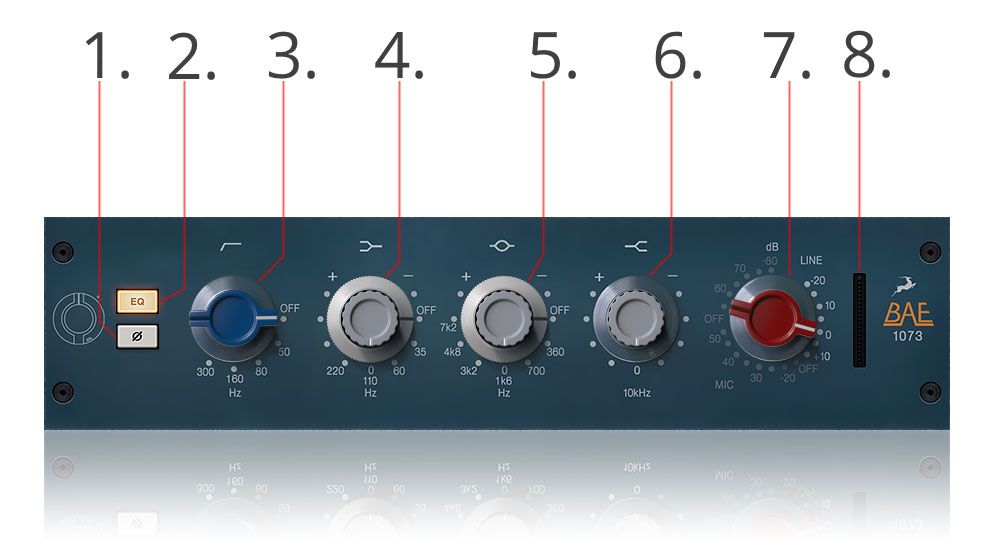1. Introduction
Born in the ’70s, this channel EQ module has been surely used on all your favorite records. The BAE 1073 can handle it all – from classical music to pop, badass hip-hop and rock. Inspired by the hardware original, we made sure this beast can give your sound that very specific analog punch, which top producers have been cashing in on for decades now!

